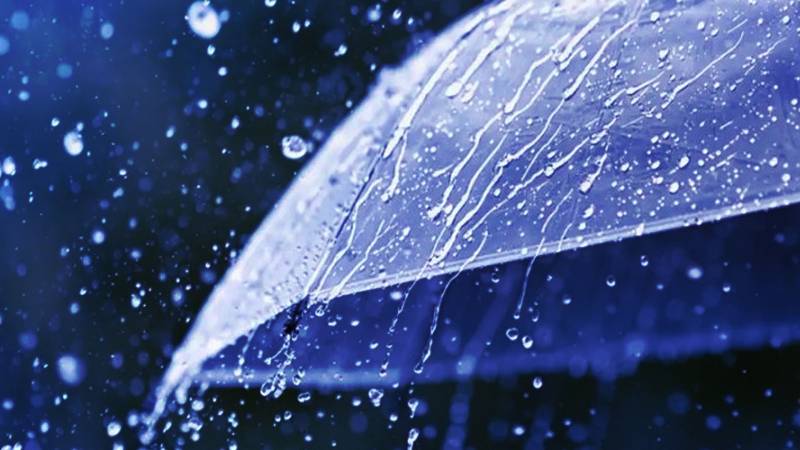
For the first time in recorded history, Skardu, a region in Gilgit-Baltistan known for its heavy snowfall, experienced rainfall in January instead of snow. Climate experts attribute this unusual weather pattern to global warming, which poses a significant threat to the region's climate resilience.
Dr. Salar Ali, Head of the Department of Environmental Sciences at Baltistan University, stated that the occurrence of rain in Skardu during January, a time typically associated with snowfall, raises serious concerns and is likely linked to climate change, specifically global warming.
Rising global temperatures are leading to shifts in weather patterns. A warmer atmosphere can hold more moisture, which may increase rainfall even in regions traditionally dominated by snowfall during winter.
Experts warn that the changing climate in this glacier-rich region has far-reaching consequences for both the environment and livelihoods. They emphasize the urgent need for effective climate adaptation and mitigation strategies to protect the region's fragile ecosystem and its people.
This unexpected rainfall in Skardu serves as a stark reminder of the need for immediate global action against climate change, as its impacts are becoming increasingly visible in regions like Gilgit-Baltistan.
According to climate journalist Muhammad Ali Anjum, the shift in weather patterns in Skardu is alarming. It reflects the broader impact of climate change in Gilgit-Baltistan, a region heavily reliant on its glaciers. The warming temperatures are accelerating glacier melting, creating conditions for glacier lake outburst floods (GLOFs), which can result in devastating floods downstream.
In 2023 alone, more than a dozen casualties were reported in GB due to climate-related disasters. Several households were displaced as floods caused by GLOFs wreaked havoc in the region. The melting glaciers, coupled with reduced snowfall, also threaten water resources in the area, potentially leading to water scarcity in the future.

